Creating a plan in the event of a disaster of your hardware, or network can save you a lot of money in the long run. This plan can put forth strategies that will get you back to where you need to be, rather than loosing valuable time that can be spent on other work related tasks.
When it comes down to it, it is best to back up the most important data that pertains to your work. Instead of backing everything up, go through all of your files and decide which ones are the most important. According to ETech7, “Naturally, you can always backup everything. However, this is an inefficient use of resources and will end up backing up a lot of unnecessary data. In a lot of cases, you can cut down what you backup by 50% or more by carefully selecting the types of files and the folders you’ll be backing up in each device. This can save a great deal of time and money on the backing up process, and in the end may be the difference between a swift recovery and a slow one mired in junk.” Not only will this speed up the process of backing your information up, but it will make it easier when you need to access your backed up information to find what is really important.
If you have any questions about backing your data up, contact Marcus Networking at 602.427.5027.
Source: Ribi Khaimov, ETech7. (December 25, 2012). “The 12 Most Important Steps to Take for IT Disaster Recovery Planning”.


